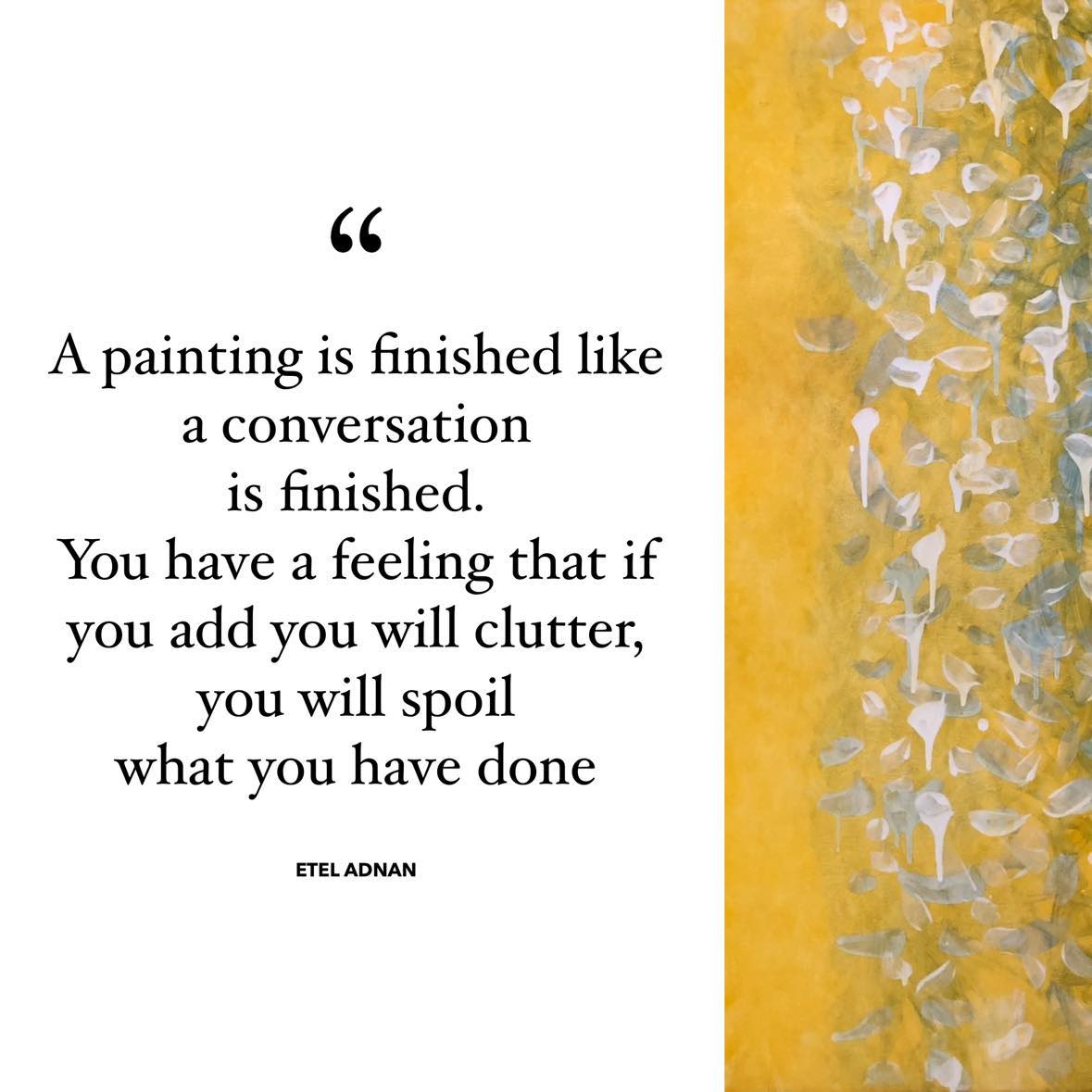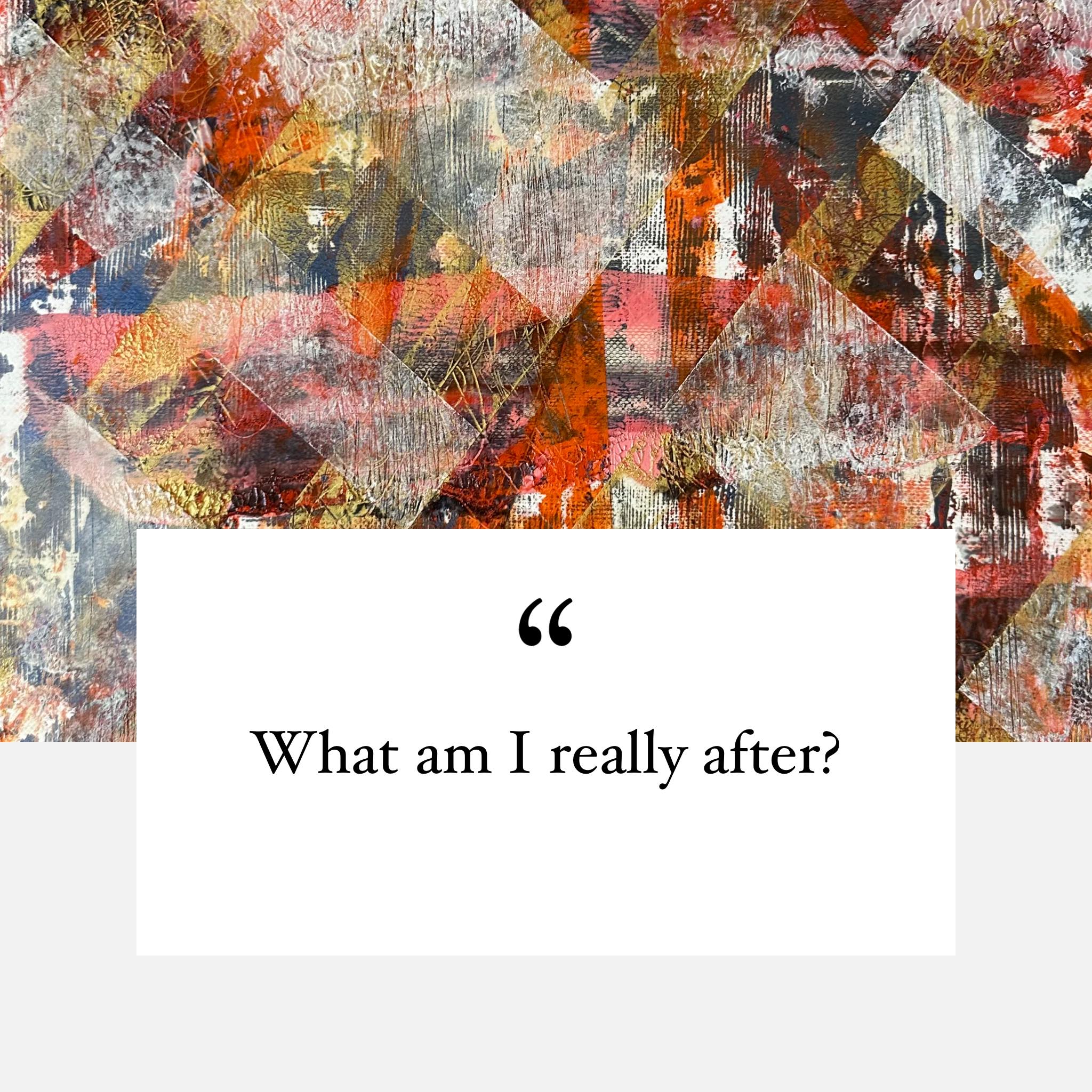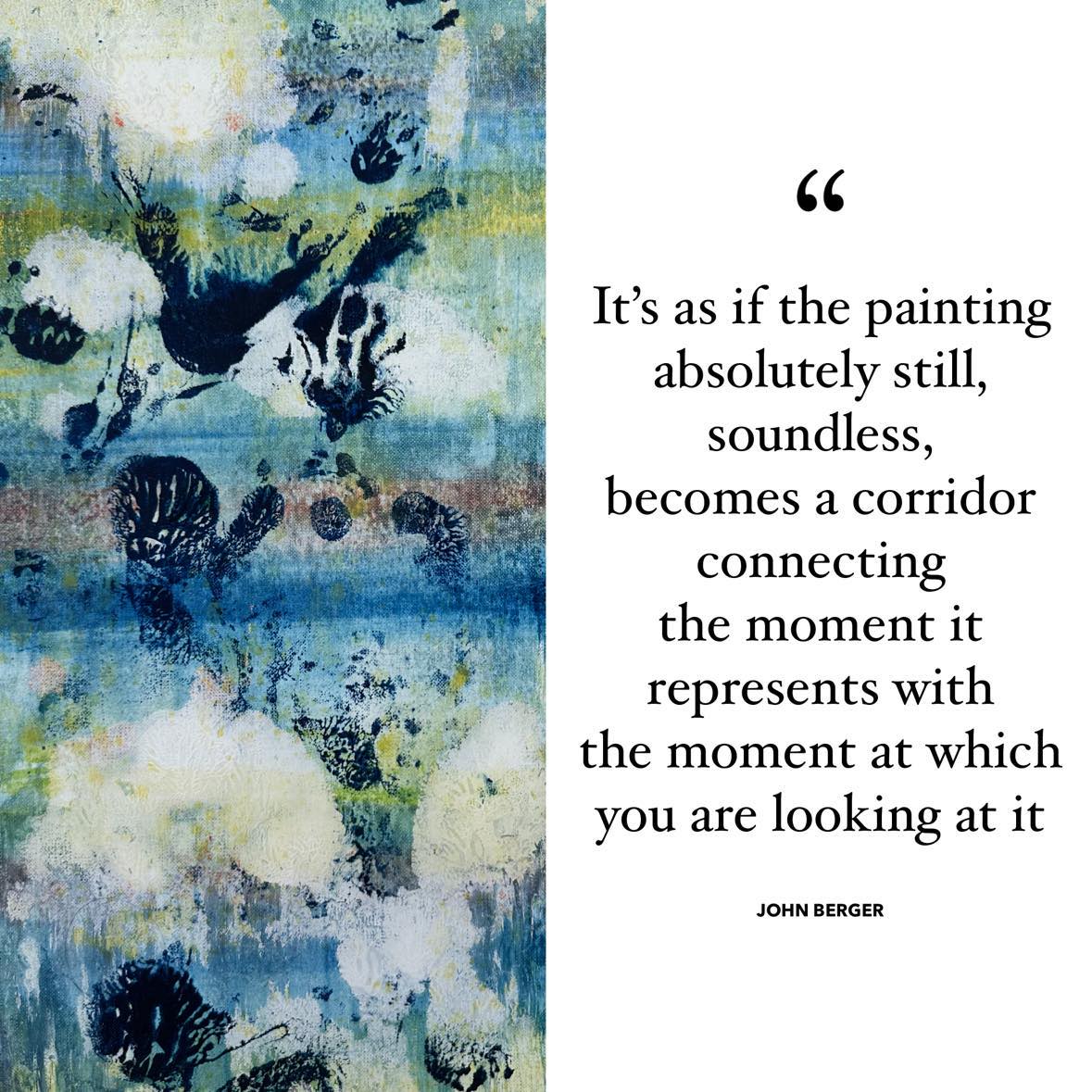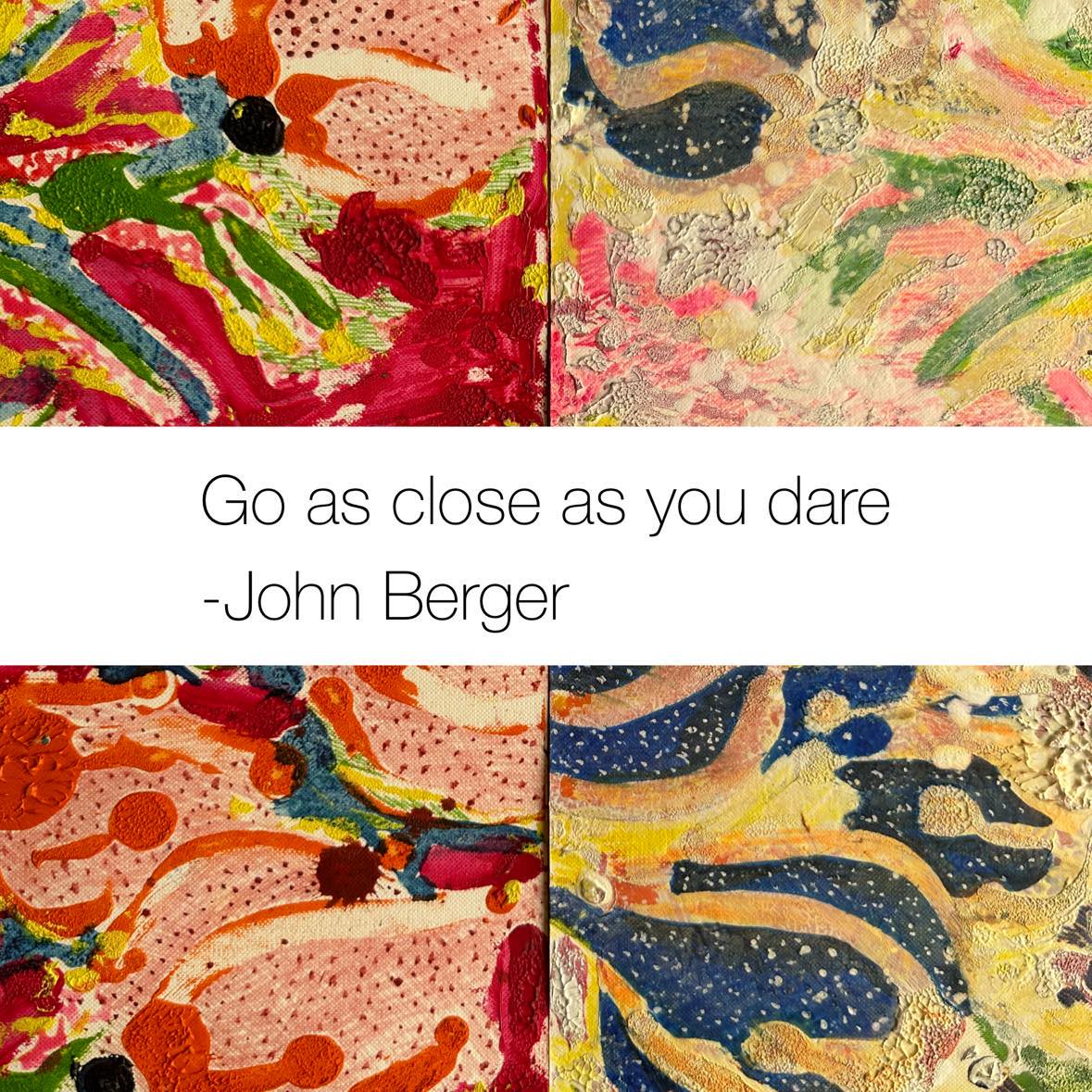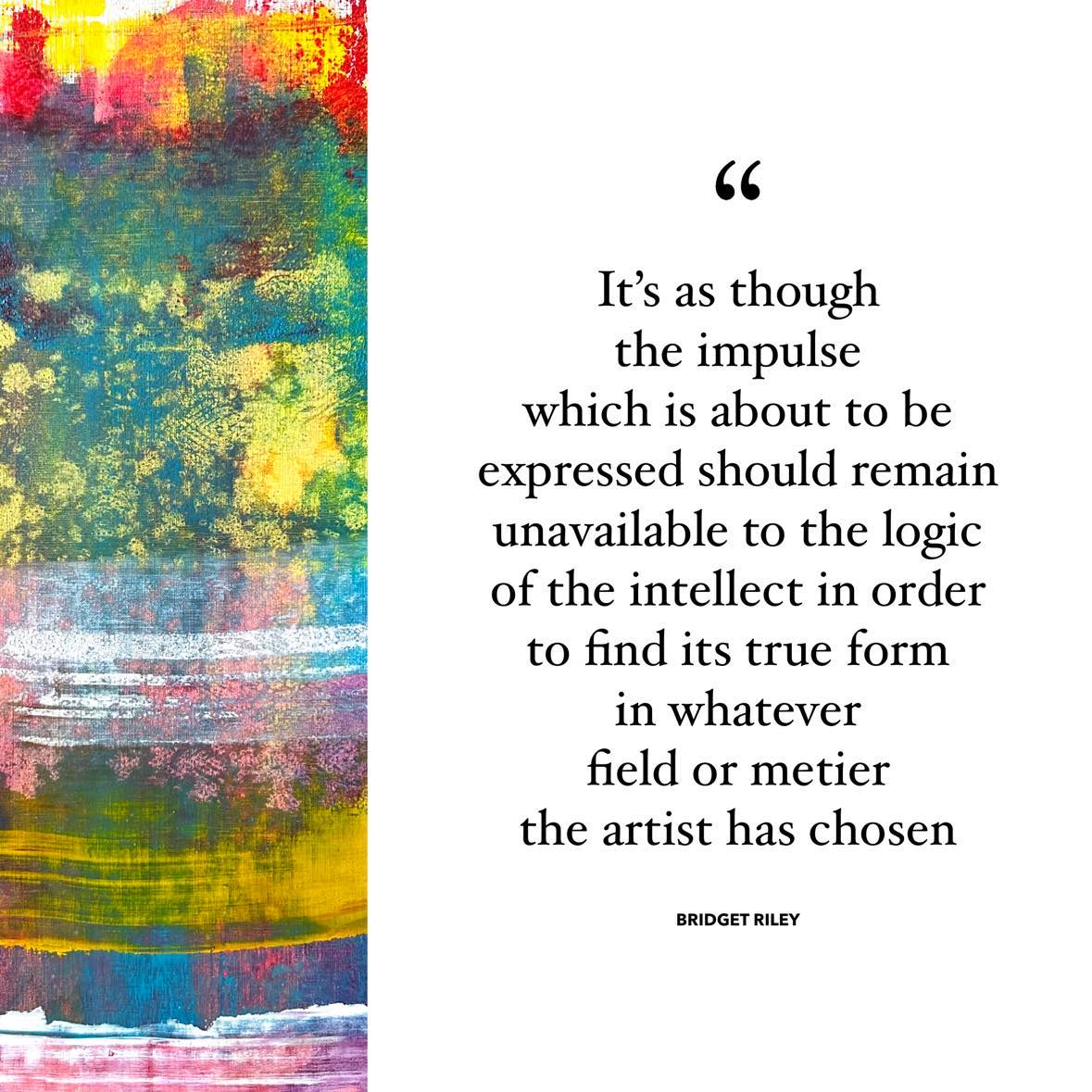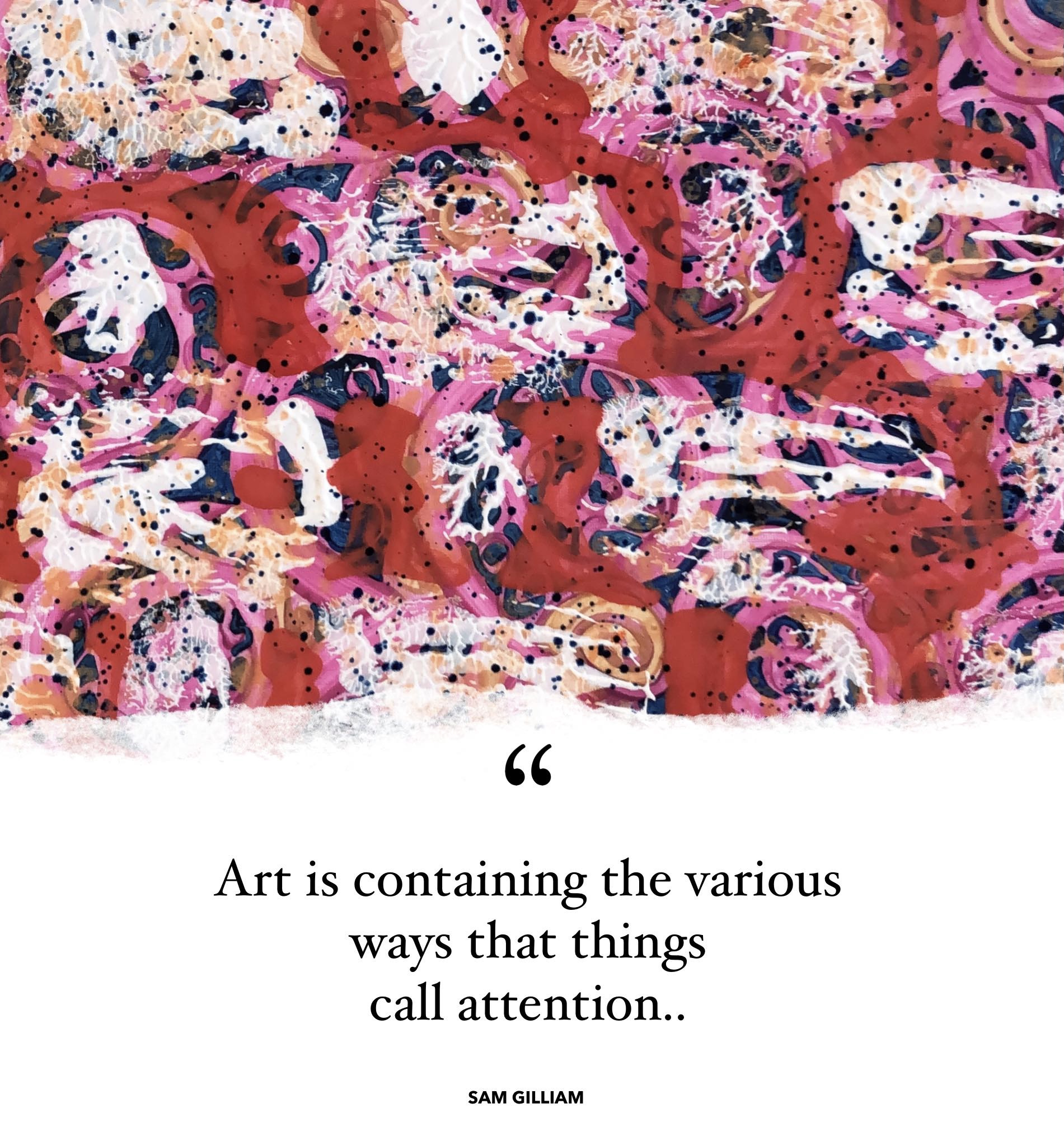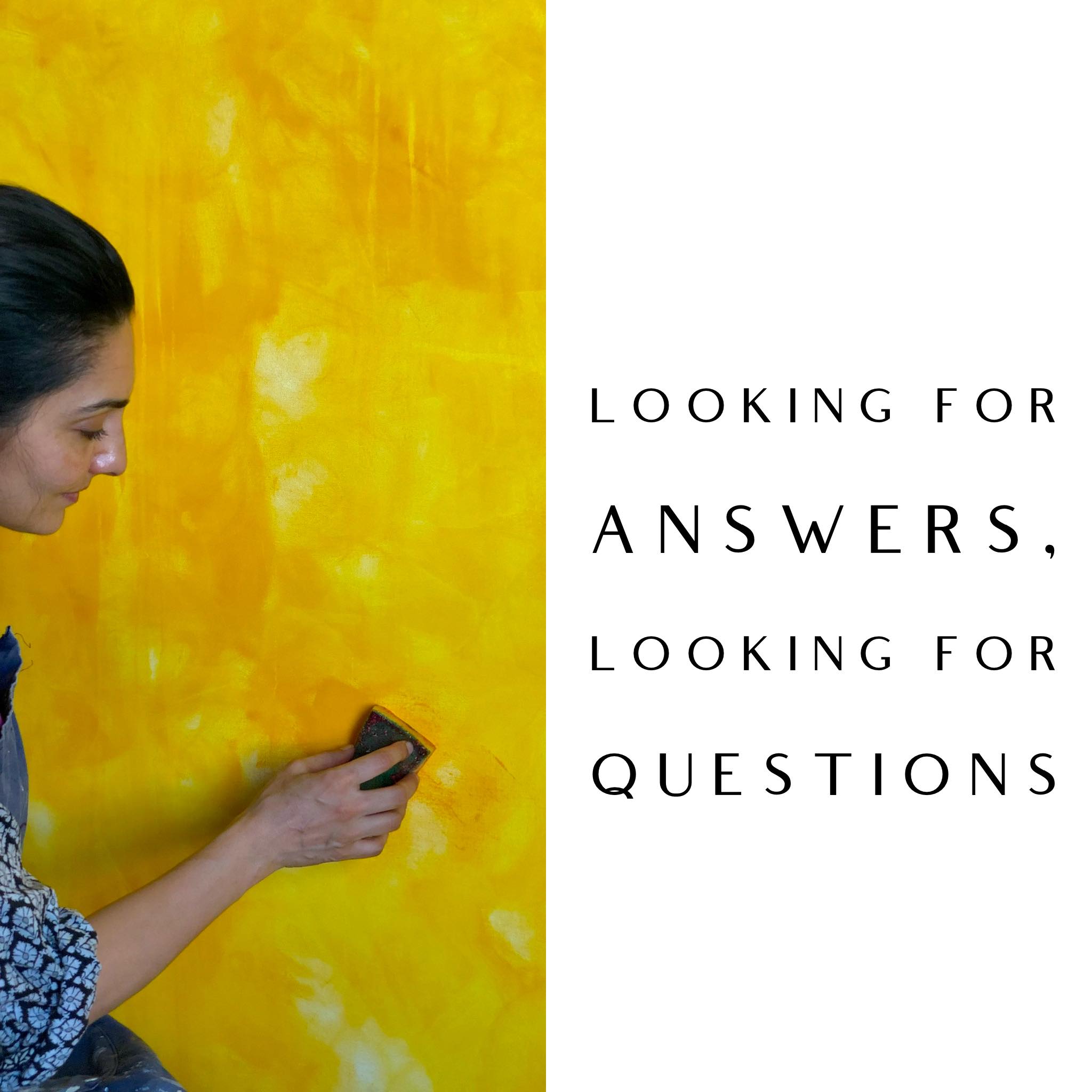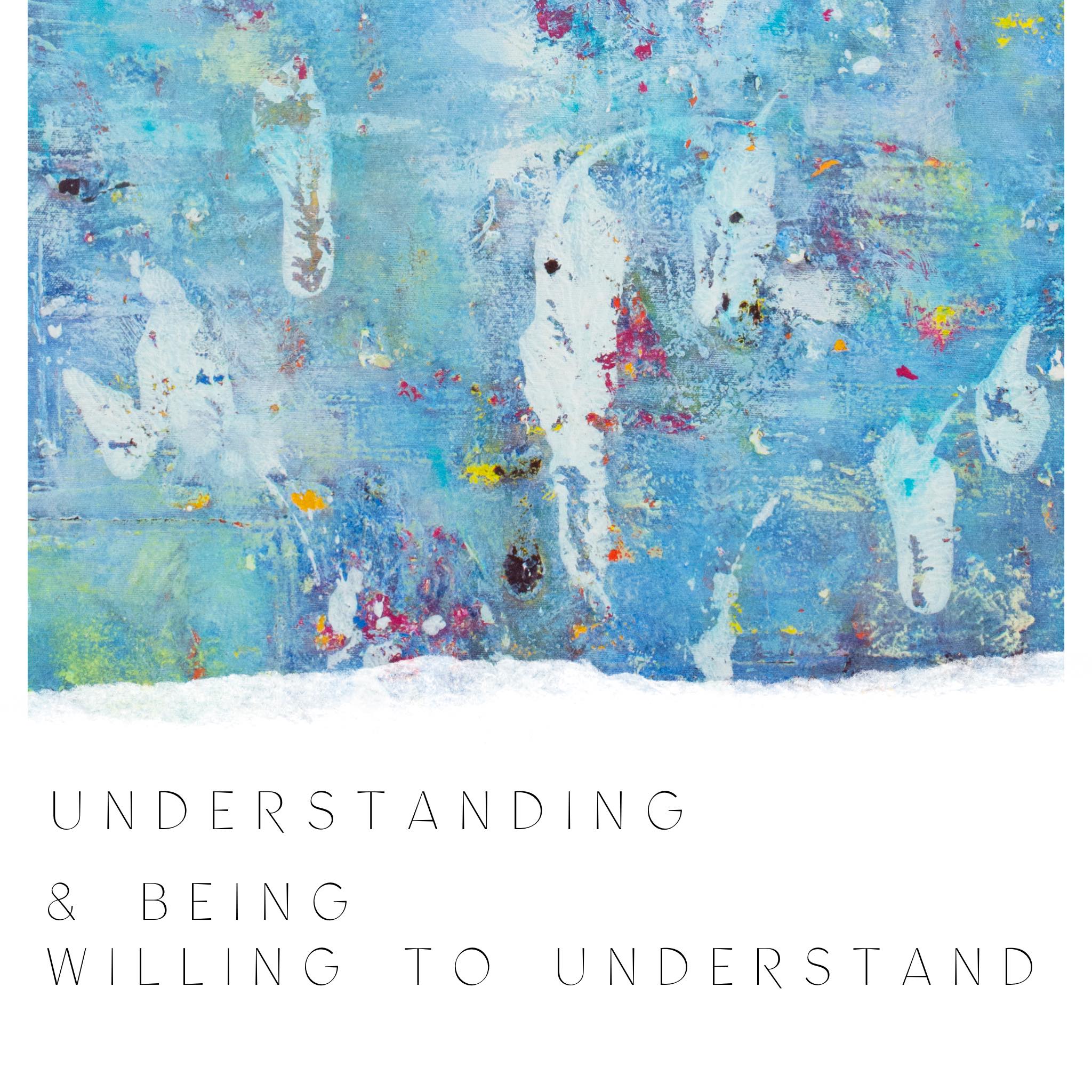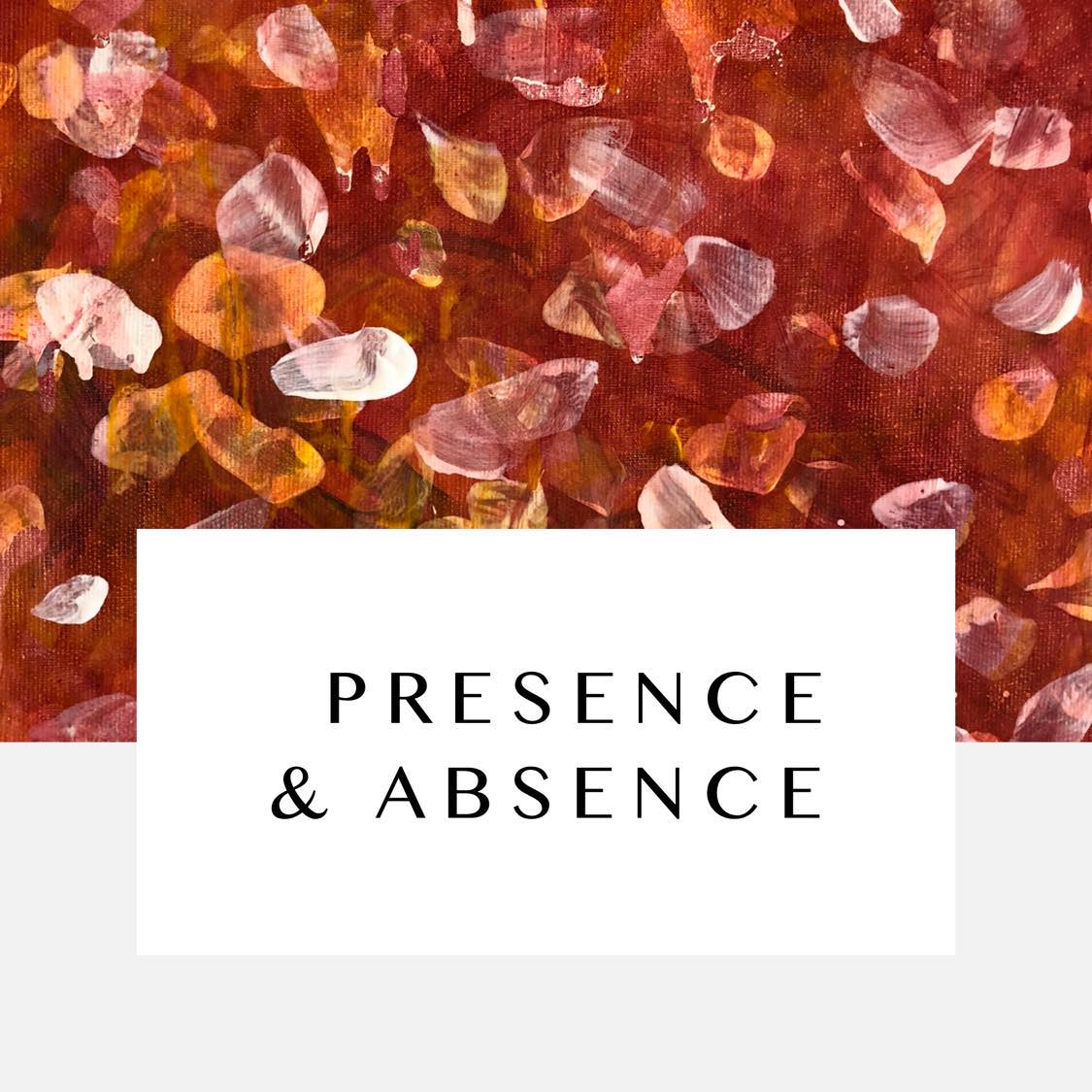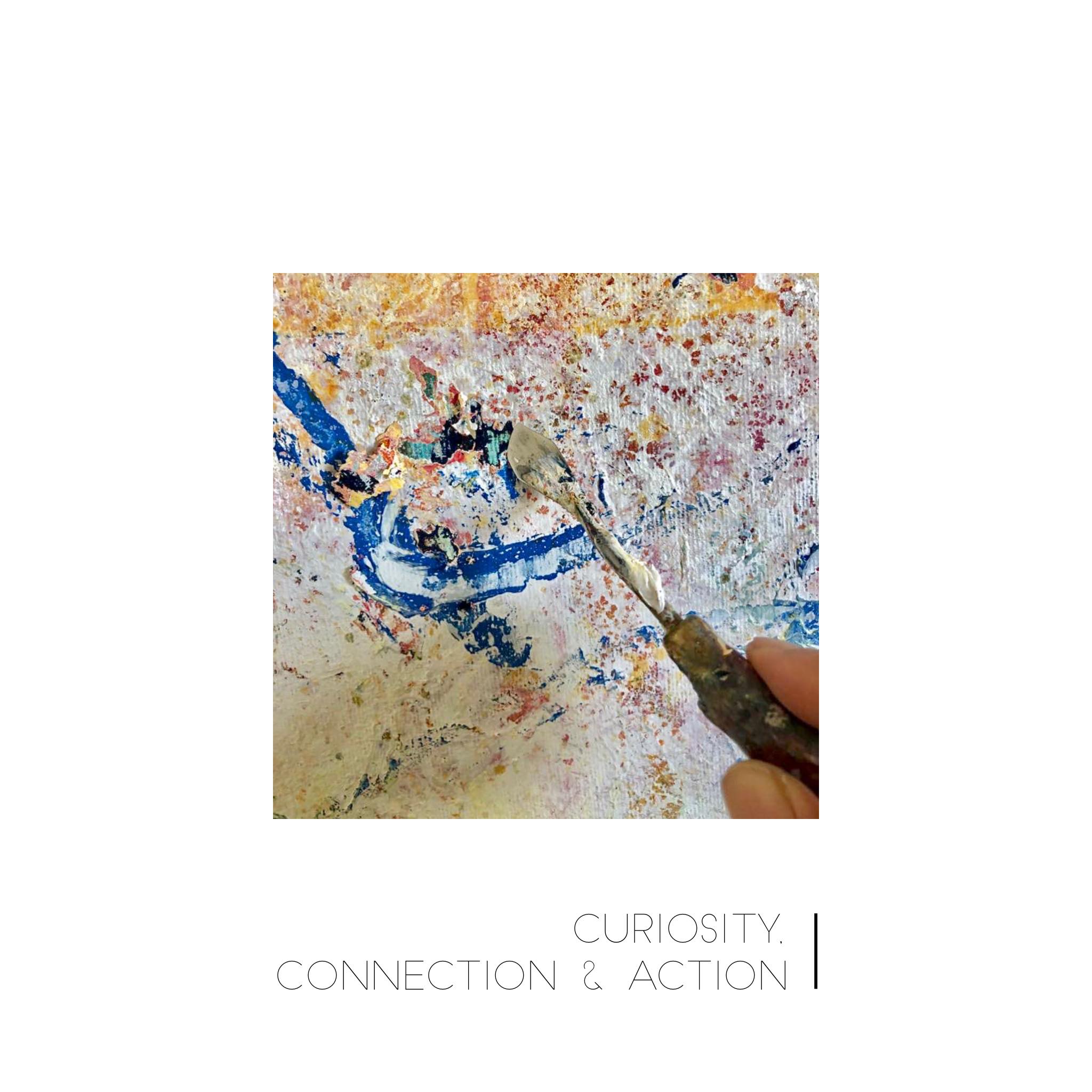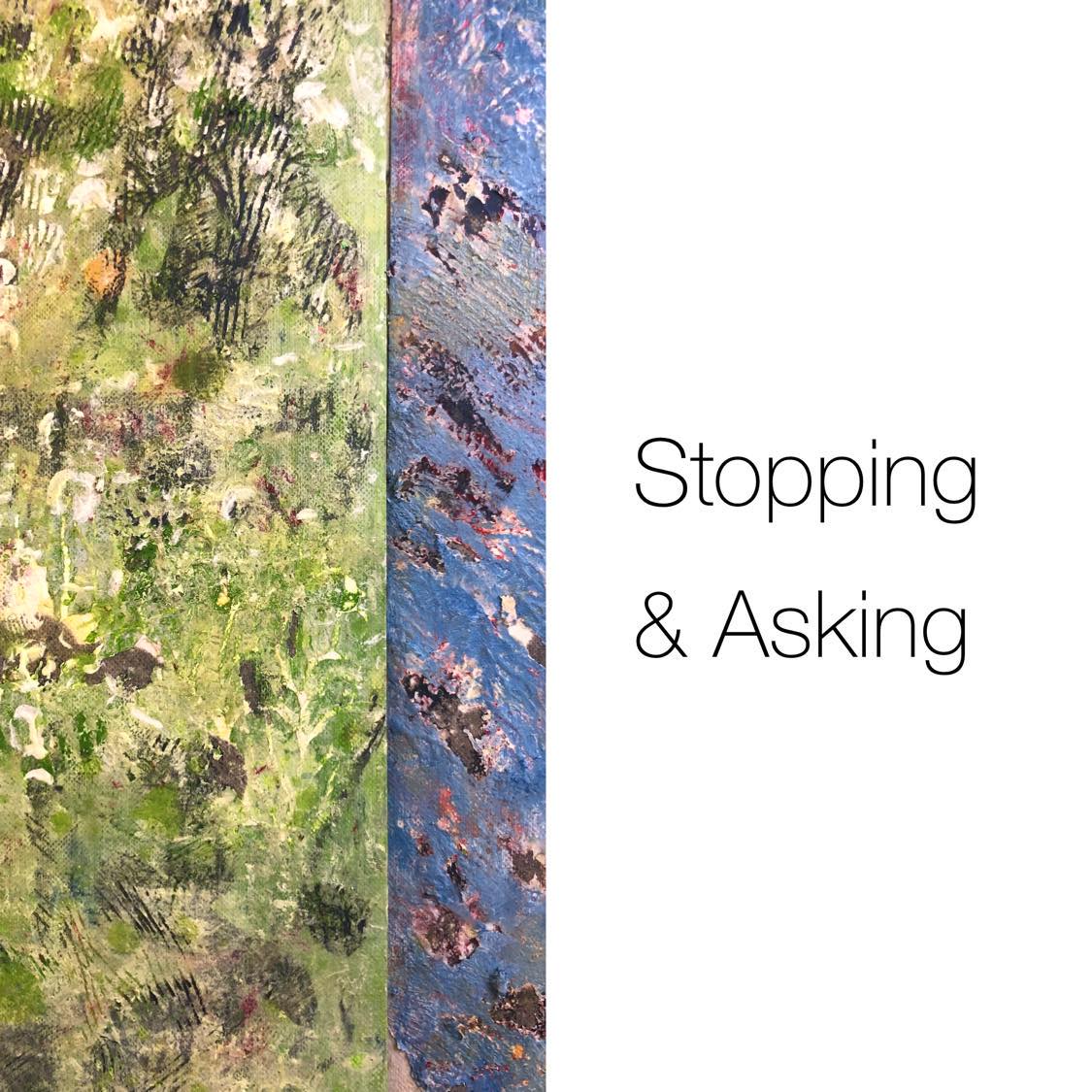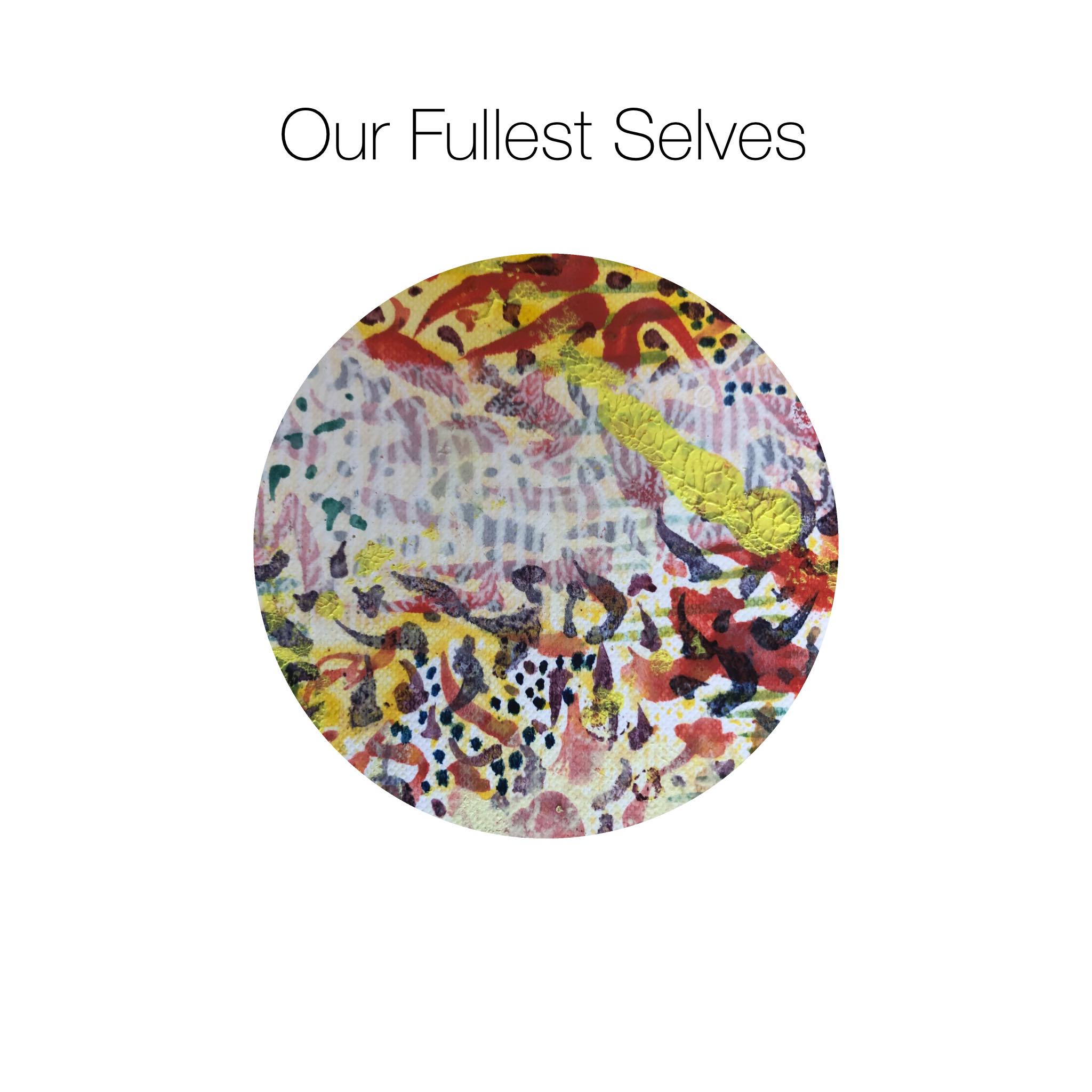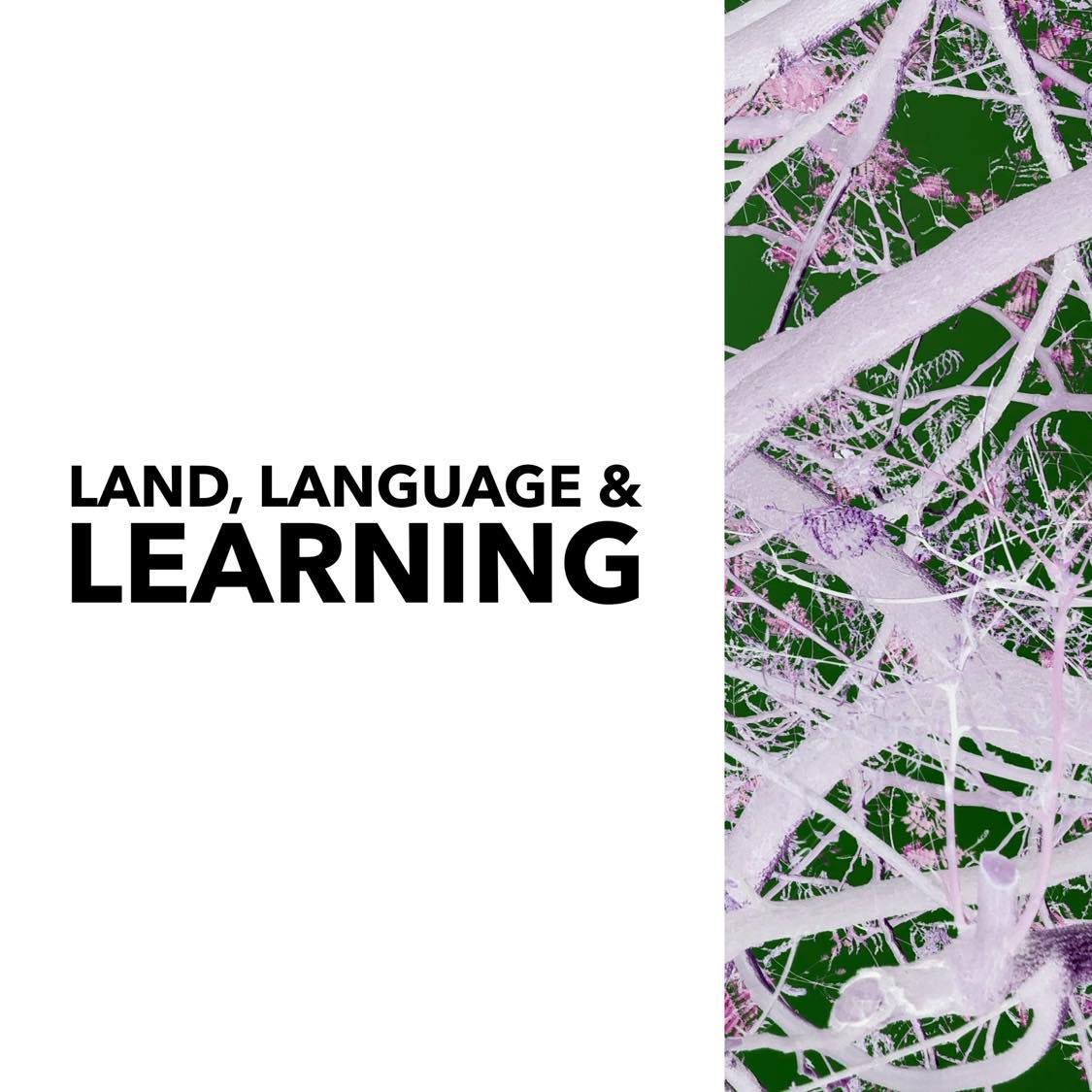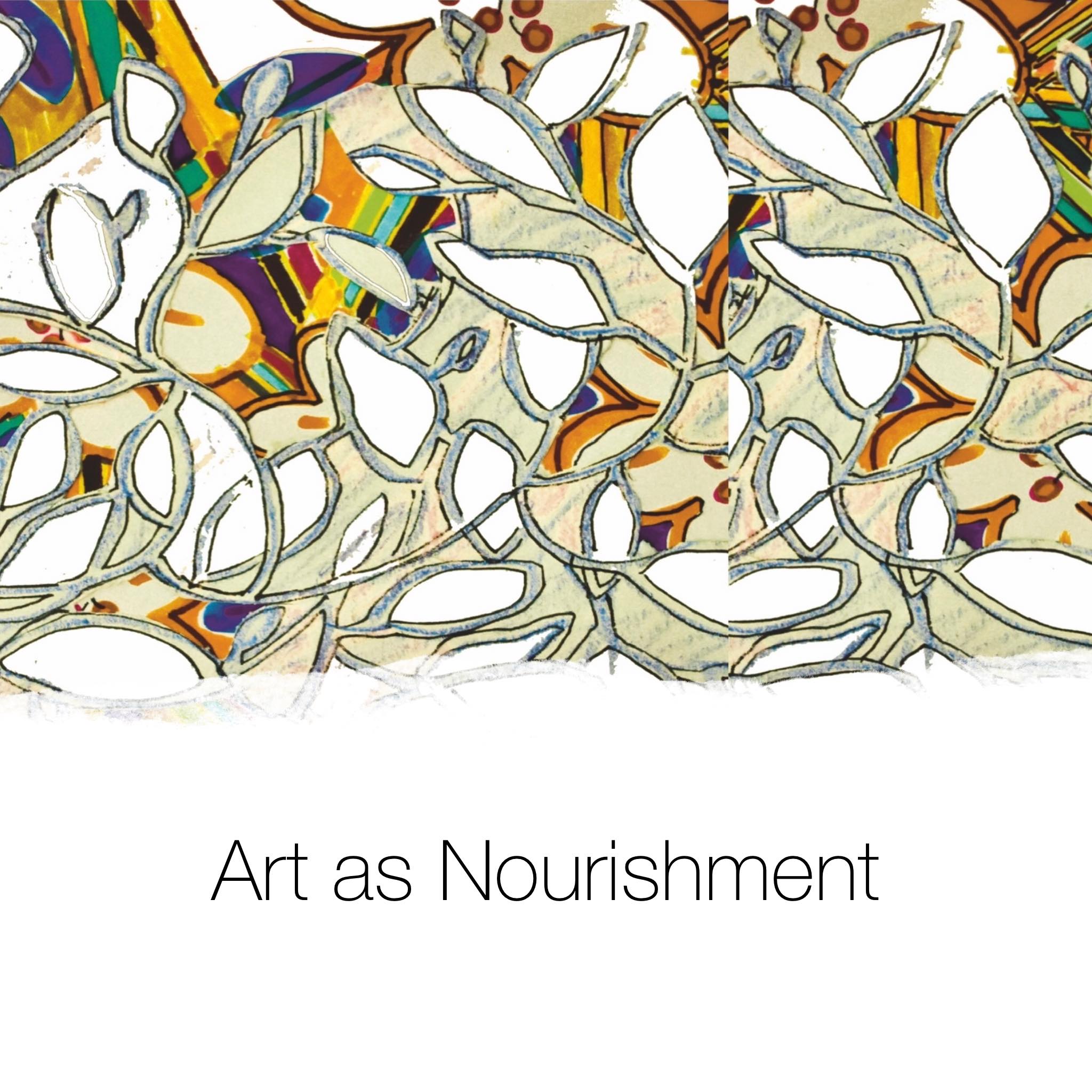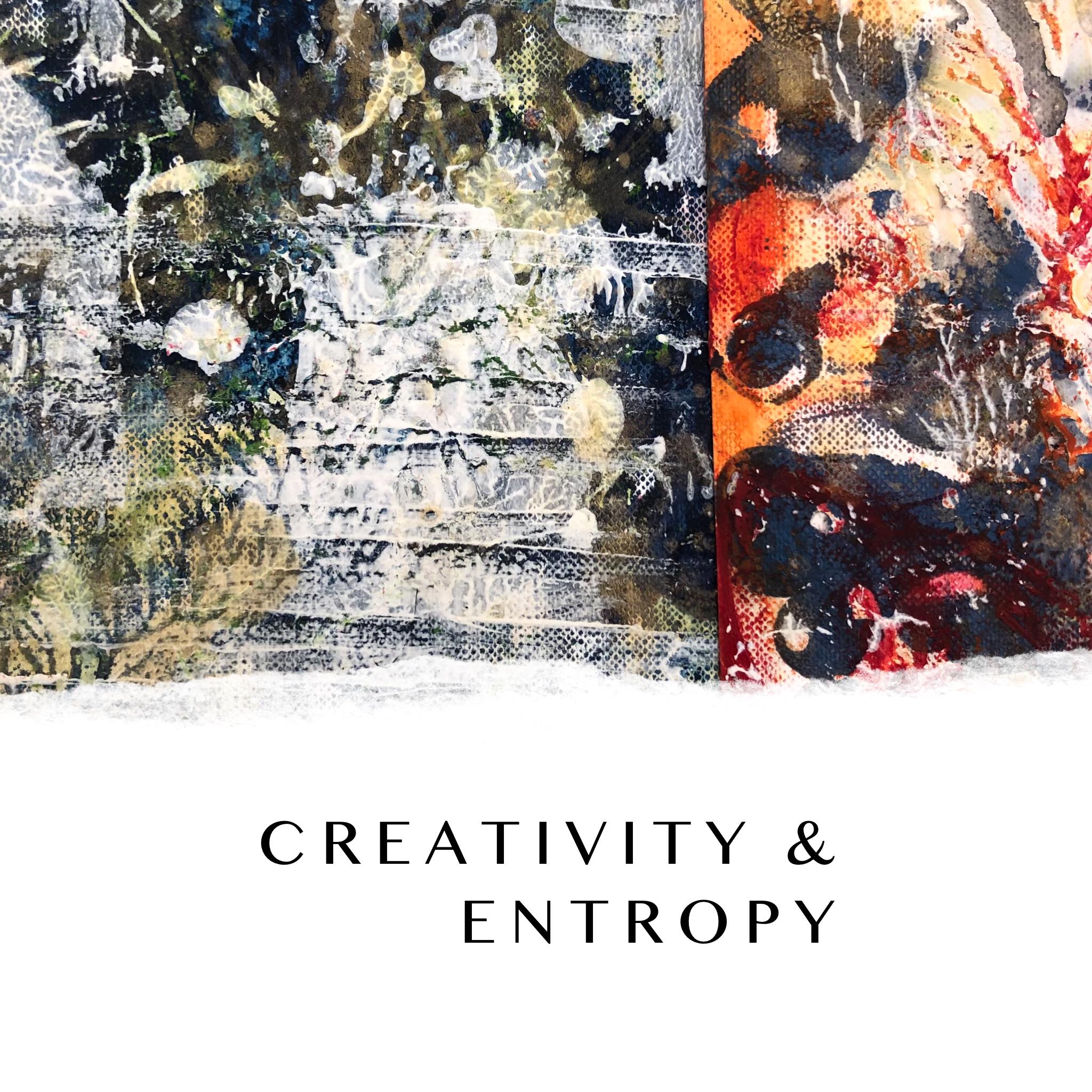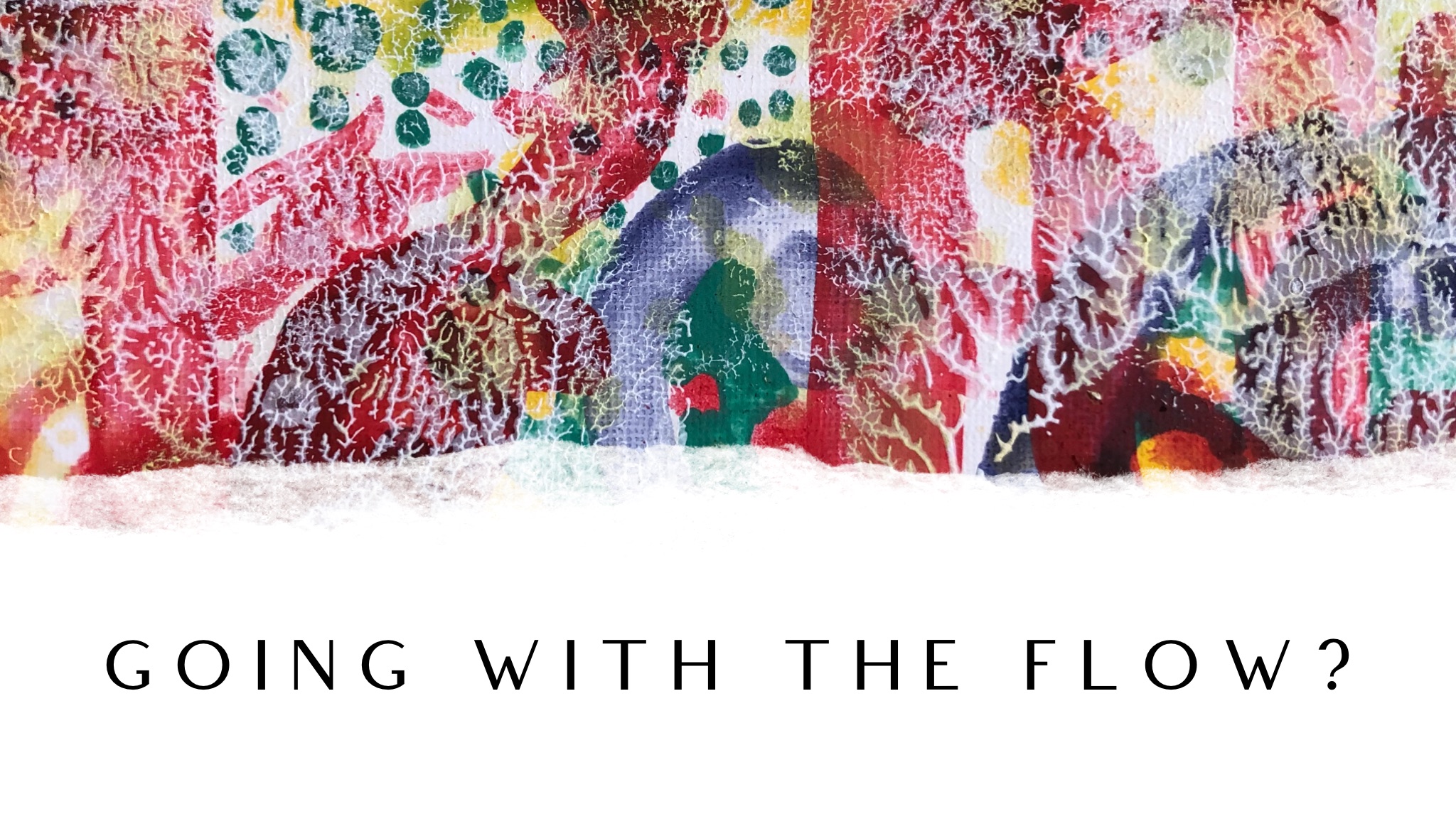In Sean Carrol’s talk about why we perceive our past, present and future so differently, he refers to the concept of entropy, describing it as “the disorderliness of a system, the randomness, the disorganisation”. He adds that “there is a law of nature that is true in our macroscopic, everyday world that says that entropy increases over time.” (Long Now Foundation)
This comment made me think about possible connections between entropy and creativity. Rearranging a system and creating new relationships between things doesn’t have to be a disorganised process, it is often methodical. However, with the passage of time we will be exposed to more events (even if they are repetitive or monotonous) and these events - which could be experiences, happenings, feelings and behaviours - could increase possibilities for multiple ideas, connections and perspectives. It doesn’t necessarily make us more creative but might allow for different combinations of opportunities to be creative, by virtue of the passage of time on our environment too.
Perhaps at this point we need imagination, to be curious about these opportunities and take some creative action.
